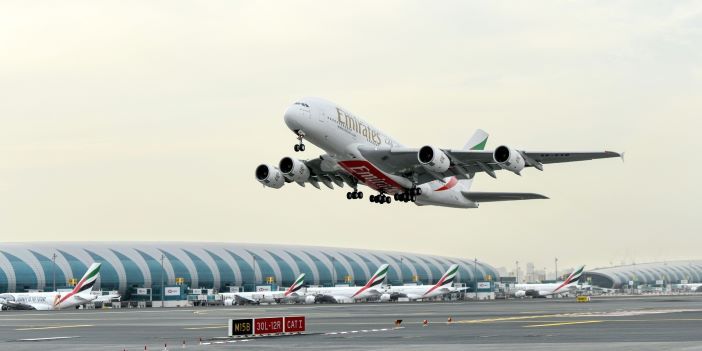Global aircraft orders for February 2023 saw a relatively positive month, with 104 aircraft orders placed, which compared to February 2022 is a 31% decrease. Aircraft orders for single-aircraft decreased by 40%: however, orders for wide-body aircraft increased 53%, indicating a change in the pace of wide-body recovery, which until February 2023 had been at a much slower pace.
Manufacturers delivered 74 aircraft, which compared to February 2022 is a 4% increase and the best performing February for deliveries since 2019. Year-to-date delivery figures for 2023 are just one aircraft, or 1%, behind 2022. Next month, ADS will issue its global aircraft delivery forecast alongside the release of the 2023 Q1 aircraft order and delivery data.
With only 54 cancellations so far in 2023 (all for single-aisle aircraft), the strong aircraft order backlog grew by 3% to 13,535 aircraft. The backlog remaining above 13,000 for the 15th month is a positive marker for the health and the sector, and taking into account current production plans is estimated to be worth more than £200 billion to the UK, and 11 years’ worth of work.
The latest flight data shows very encouraging signs of recovery, with most of the restrictions for international travel now lifted and demand for long-haul travel gradually returning. Data for UK flight arrivals and departures is on an upwards trend and recovering to around a 13% reduction from comparable data in 2019.
Despite the modest order and delivery figures seen over the first months of 2023, I remain positive on the current status of UK aerospace and aviation recovery from the Covid-19 pandemic.
Following the UK Chancellor’s Spring Budget and drive towards a much needed and timely industrial strategy for the UK, I hope to see further Government attention on future energy support for businesses. It is critical that UK businesses are supported to deliver desired rate ramp-ups of aircraft manufacturers to ensure the UK retains its position and advantage as an aerospace manufacturing global leader.





